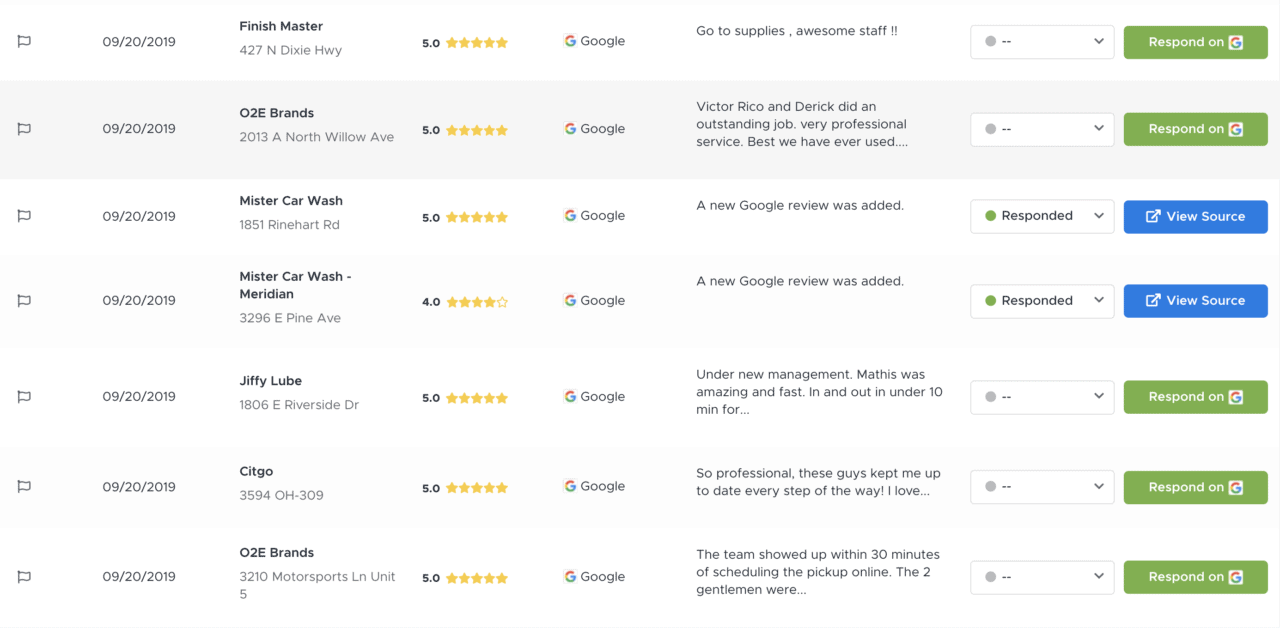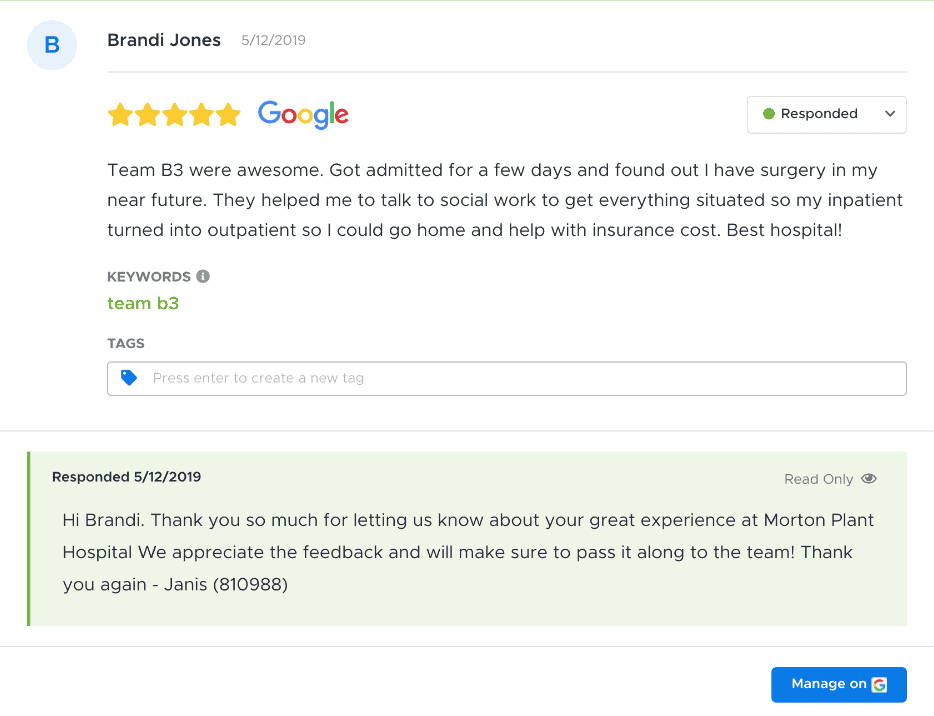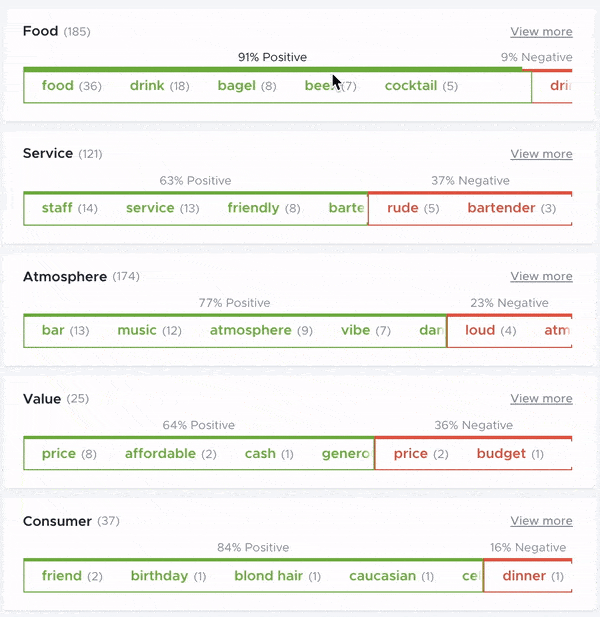Customer experience marketing is the process of putting the customer at the center of your company’s marketing strategy and of driving usage and adoption of your products and services to fulfill customer needs.
The idea is simple: if people love the experiences they have with your brand throughout the entire customer journey, they will become your biggest promoters. If you delight your customers, they will recommend you to their friends, family, and colleagues.
Over time, this leads to long-term benefits for your company: greater brand loyalty, improved customer retention, and increase in bottom-line revenue.
- Companies that earn $1 billion annually can expect to earn, on average, an additional $700 million within 3 years of investing in customer experience.
- Customer-centric companies are 60% more profitable than companies that don’t focus on customers.
- According to customer reviews research, 46% of consumers’ purchase decisions are still impacted by bad experiences from “two or more years ago.”
Is Customer Experience Part of Marketing?
A good customer experience management strategy should aim to keep the customer front and center across your entire organization. This includes marketing. After all, every team or department, from marketing and sales to customer support and product development, has a stake in the customer experience.
The way customers discover and interact with brands has evolved. Your marketing strategy should reflect these changes.
For example, today’s consumers represent an increasingly wired populace that seeks more options, greater convenience, better interactions, and greater brand authenticity.
- More than ever, customers use online reviews as a form of social proof in order to validate their purchase decisions.
- According to customer reviews data, over 92% use reviews to guide their purchase decisions.
- 62% of people in the 18-34 age range trust a brand because of its good ratings and reviews.
These stats confirm it’s not enough that your product is good or that your prices are fairer than the competition. Marketers should rethink traditional approaches in product, place, price, and promotions — and focus on keeping customers’ needs at the forefront in order to build a community of loyal fans.
Companies that delight customers gain advocates. And where there is great customer experience marketing, there is margin.
How to Build a Customer Experience Marketing Strategy
To drive results, your marketing strategy must be customer-centric and work in tandem with your customer experience management (CEM) efforts.
For organizations of any size, CEM can be a complex and challenging process that involves multiple elements: from deploying customer experience management software and managing customer feedback to developing service training programs and launching strategic sales and outreach efforts.
For marketers, cultivating a plan specifically for managing customer feedback is crucial. Here are some steps and best practices to help you get started.
Customer Experience Marketing Step 1: Monitor and Manage Reviews
It’s important to have a system in place to track online reviews.
Doing so aids your understanding not only of your brand reputation, but also of the kind of customer experience your company delivers.
HGEM, a market leader in customer experience management for the hospitality sector in the UK, is leveraging data from online reviews and ratings to support its own clients with more rounded customer experience insights and more informed decision-making. Read the HGEM case study here.
For agencies like HGEM as well as larger organizations with multiple business locations, it may be challenging to keep track of reviews from various business review sites. This is where reputation management software can come in handy: it saves valuable time and resources while making online review management and monitoring as easy as possible.
Customer Experience Marketing Step 2: Respond to Reviews
Traditional marketing strategies often focus on pushing promotional branded content across multiple channels. Effective customer experience marketing, however, involves listening to and engaging with customers, as well as staying responsive to their feedback.
This is why it’s important to learn how to respond to negative reviews as well as positive feedback. According to customer reviews research:
- 52% of customers expect to hear back from brands within 7 days of their online review.
- 1 in 4 expect a review response within 3 days.
- 21% expect a response time of 24 hours or less.
People are drawn to brands that respond to feedback, promptly answer phone calls and emails, and proactively join conversations on social media. Think about it: have you ever applauded a company that doesn’t even acknowledge your feedback as a customer?
If the feedback is negative or the review came with a low rating, acknowledge the customer and work on resolving any issues related to their experience.
By engaging with customers and showing that your company appreciates and values their feedback, you can minimize the impact of negative comments and reinforce positives in the customer experience.
Customer Experience Marketing Step 3: Harness Reviews to Gain Actionable Insights
The most successful companies listen to and act on feedback in order to understand customers better and deliver improved customer experiences.
Data from reviews and unsolicited feedback, however, is not easy to analyze and act on. Deploying technology such as customer experience analytics and natural language processing can unlock the potential of this data and lead to the discovery of trends, patterns, and insights that define the customer experience.
This step also benefits your customer experience marketing strategy: by building a brand that resonates with customers. When your marketers understand the topics, issues, and keywords that customers mention organically, they can tailor your brand messaging so that the voice of your brand speaks the language of your customers.
Customer Experience Marketing Step 4: Show Off Your Reviews
Another vital part of your customer experience marketing strategy is showcasing your best reviews.
This makes it easy for potential customers to find information about others’ experiences with your brand. It’s also a great way to inspire consumer confidence and trust: two key ingredients to a seamless customer experience.
A review widget suite like Amplify dynamically displays reviews as digital marketing assets on brand websites. Marketers can also share customer reviews on social media as a way to provide social proof that helps drive engagement and conversions.
The Power of Customer Experience Marketing
The expectations of customers have evolved as they become satiated with more choices than ever. Through customer experience marketing, your company can capitalize on unique opportunities to create real, engaging, and meaningful relationships with customers. At the same time, you can use these opportunities to win new customers and turn them into loyal fans of your brand.



